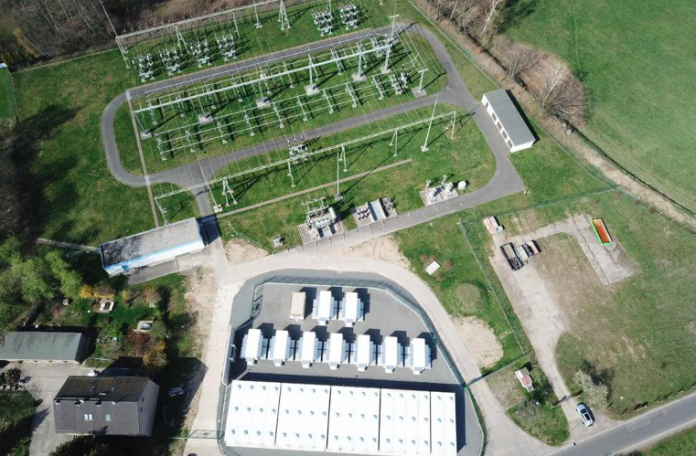Dr Alistair Davidson, Director of Consortium for Battery Innovation, states that now is truly the age of the battery
Throughout the pandemic, the lead battery industry played a vital role in ensuring power was delivered to critical and essential services.
Used in applications vital for every day, such as hospital and data centre back up, cars, warehouse vehicles and utility and renewable energy storage, the lead battery industry powered on to ensure the power stayed on.
The lead battery industry in Europe
In Europe, the push in the last few years for a sustainable, self-sufficient and innovative battery sector has driven increased investment in a range of technologies through initiatives such as the European Battery Alliance.
But long-standing technologies shouldn’t be forgotten in this new push. With a century-old history, innovation in lead batteries is not a thing of the past.
With the recent development of advanced lead batteries particularly suited to low-emission mobility, such as micro and mild hybrids, to new architectures delivering the extended cycle life and capacity needed for renewable energy storage, innovation in the technology is continuing apace.
We can already see advanced lead batteries in action supporting regional electricity grids across the globe. Two 25 MWh utility-grid installations are live and online in Germany using lead-carbon batteries which offer longer lifetime and extended cycle life in shallow cycle service.
A 25 MWh frequency regulation project in Bennewitz, Germany, connected to the local utility grid since May 2019, uses lead-carbon batteries. photo credit: Narada Power Source Co., Ltd.
The global lead battery industry
Meanwhile, China’s highest solar farm, supplying 30MW into the grid, is being powered by 25 MWh of advanced lead battery storage.
And across the U.S., a number of grid-scale projects are utilising advanced lead batteries to supply reliable and sustainable energy.
Combined with a model of circularity where almost 100% of batteries are recycled at end-of-life in Europe and North America, lead batteries provide an added sustainability for energy storage projects.
Research is a crucial part of this energy storage landscape. The Consortium for Battery Innovation (CBI) is working with industry, universities, research institutes and governments across the globe to foster continued innovation to ensure that the global transition to a climate-neutral future is achieved.
All batteries will be critical for this global shift due to increased demand and diverse scope of need. From small-scale off-grid remote projects to large-scale grid-connected installations, energy storage systems vary and so too do the battery chemistries and storage technologies required.
This is why the 2021 programme of research underway through CBI and our members is targeting energy storage enhancements for lead batteries. By working with battery manufacturers, industry suppliers and world-class universities, the global lead battery industry is working together to deliver innovation.
By enhancing cycle life for utility sector duty cycles, to exploring new ways of modelling and prediction of battery behaviour, through targeting plug-and-play systems for residential solar projects, CBI research is paving the way for a future where lead batteries remain a significant part of the clean energy landscape.
Advanced lead batteries in the future
We see a clear future for advanced lead batteries. And we recognise the importance of continued innovation, development and deployment of the technology to really benefit societies across the world engaged in attaining a low-carbon future.
















